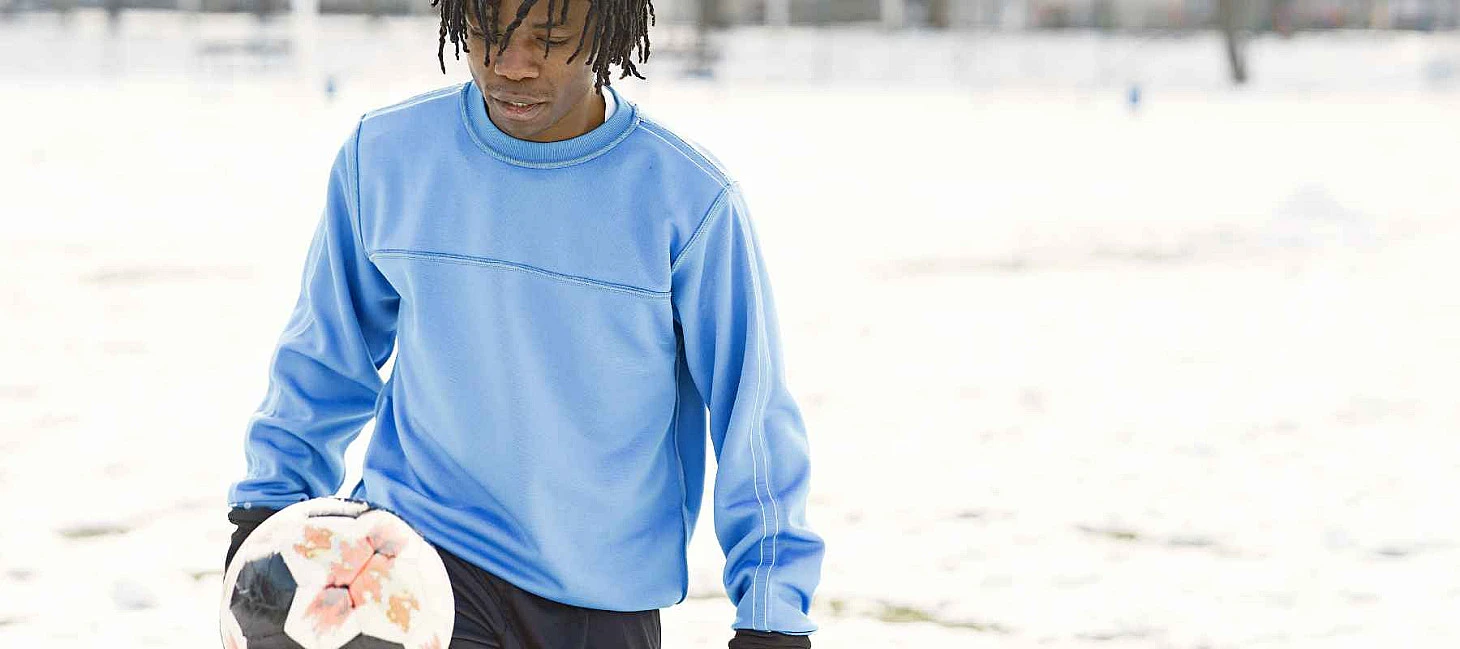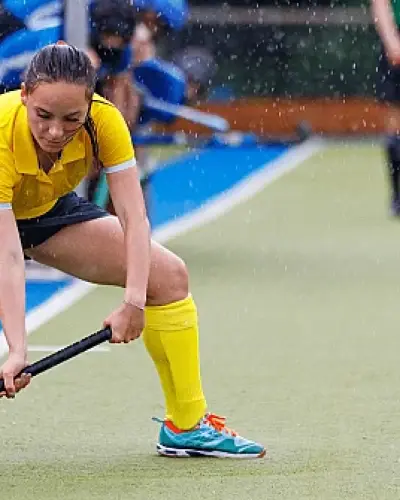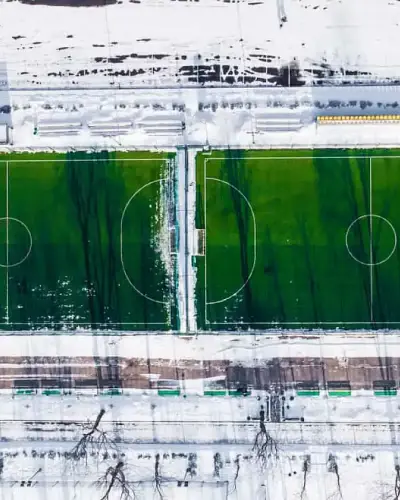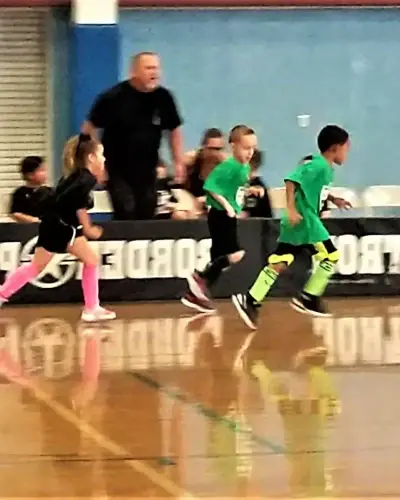Structuring the Winter Break for Football Players
The winter break in football is often an underutilized period, particularly in amateur football. However, a well-structured break can make a significant impact on performance in the second half of the season. Below, we explore key aspects of individual player preparation during the winter break.
1. Recovery & Regeneration
Rest and recovery are crucial to allow the body and mind to fully recover from the rigors of the season.
✅ Key Recovery Strategies:
🛌 Adequate Sleep:
- One of the most important factors for physical and mental recovery.
- A consistent sleep schedule boosts regeneration and improves overall performance.
🏃 Active Recovery:
- Low-impact activities like light jogging, swimming, or yoga help relax muscles and promote circulation.
- Reduces muscle soreness and enhances flexibility.
🧠 Mental Reset:
- Activities like reading, nature walks, or spending time with friends and family help clear the mind.
- Reducing stress and mental fatigue is as vital as physical recovery.
💆 Physiotherapy & Massage Therapy:
- Regular physiotherapy and massages help relieve muscle tension and aid in joint recovery.
- Can also serve as a preventative measure against injuries.
💧 Hydration & Nutrition:
- Staying well-hydrated and following a balanced diet is key for replenishing energy stores and supporting muscle repair.
🚫 Avoid Overtraining:
- The winter break should be used for recovery, not excessive training.
- Overtraining can lead to fatigue and increased injury risk, negatively impacting the return to competition.
🤕 Managing Injuries:
- If a player has ongoing injuries, the break is a valuable period to fully recover.
- Working with medical professionals and following a rehabilitation plan is essential.
🧑⚕️ Psychological Support:
- Players dealing with mental pressure or performance stress may benefit from psychological counseling.
By listening to their bodies and taking time to fully recover, players can boost both their physical and mental well-being—laying the groundwork for a strong comeback in the second half of the season.
2. Individual Training Plan
While recovery is crucial, maintaining baseline fitness during the break is equally important.
✅ Key Training Areas:
🏃♂️ Cardio Training:
- Maintaining a basic level of cardiovascular fitness is essential.
- Low-to-moderate intensity exercises like running, cycling, or swimming help sustain endurance without excessive strain.
🏋️ Strength Training:
- Strength training builds muscle and prevents injuries.
- Focus on core strength, legs, and upper body—key for football performance.
- Incorporate bodyweight exercises, free weights, and resistance bands.
🧘 Flexibility & Mobility:
- Stretching, yoga, and mobility drills improve range of motion and reduce muscle stiffness.
- Helps prevent injuries and enhances overall movement efficiency.
⚡ Sport-Specific Conditioning:
- Football demands explosiveness, speed, agility, and balance.
- Exercises should include sprint drills, plyometrics, and reaction-based movements.
📊 Progress Monitoring:
- Regular fitness testing helps assess progress and adjust training plans accordingly.
🩹 Injury Prevention & Management:
- Strengthening supporting muscles around joints can reduce injury risks.
- Rehabilitation-focused training should be prioritized for injured players.
A structured training plan keeps players physically prepared while allowing sufficient recovery before the season resumes.
3. Alternative Sports & Cross-Training
Exploring different sports can provide physical benefits while preventing football-specific overuse injuries.
✅ Best Sports for Football Players in the Winter:
⛷ Winter Sports:
- Cross-country skiing, snowshoeing, and ice skating improve endurance, balance, and strength.
- Less impact stress compared to football.
🏀 Team Sports:
- Sports like basketball and handball develop teamwork, tactical awareness, and spatial perception.
🎾 Racket Sports:
- Tennis, badminton, and squash enhance reaction speed, hand-eye coordination, and agility.
- Fast directional changes mimic football movements.
🥋 Martial Arts & Combat Sports:
- Boxing, judo, and taekwondo build body control, speed, and coordination.
- Great for mental toughness and discipline.
🧘♂️ Yoga & Pilates:
- Improves flexibility, core strength, and mental focus.
- Aids in injury prevention and recovery.
🚴 Outdoor Activities:
- Hiking, climbing, and mountain biking support general fitness and mental health.
🏌 Precision Sports:
- Golf and archery develop concentration and precision—valuable skills for footballers.
Varying intensity across these activities is key. The goal of alternative training is to maintain fitness, prevent burnout, and develop transferable skills that can benefit football performance.
Final Thoughts
The winter break is not just a period of rest—it's an opportunity to reset, recover, and prepare for the second half of the season. A thoughtfully structured plan balancing recovery, training, and variety ensures players return stronger, fitter, and mentally refreshed.
✅ Rest & recover—listen to your body
✅ Train smart—maintain fitness without overloading
✅ Explore new sports—improve athleticism & prevent overuse injuries
With the right approach, players maximize their performance while ensuring long-term physical and mental well-being.






